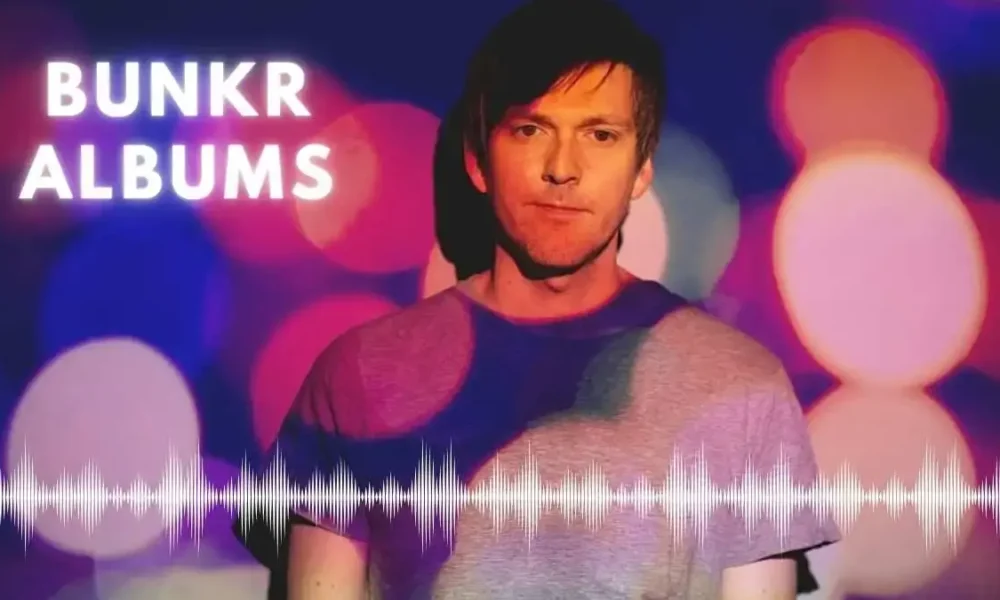In the ever-evolving landscape of the internet, platforms emerge that perfectly capture the zeitgeist of a moment, only to vanish just as quickly, leaving behind a trail of broken links and user frustration. One such platform was Bunkr, a file-sharing service that, for a brief period, became synonymous with a very specific niche: the creation and sharing of “albums” for leaked music, unreleased tracks, and a vast sea of digital content that existed in the legal gray area of the web.
To understand the Bunkr album, you first have to understand the hunger of music fans. In an age where an artist’s every demo and discarded verse can feel like a coveted piece of history, traditional platforms like Spotify and Apple Music have clear boundaries. They deal in officially released, licensed material. This created a vacuum for the “unreleased” – the tracks that leaked from studio sessions, the early demos, the collaborations that never made the final cut.
Bunkr rushed in to fill this vacuum. It wasn’t designed as a music platform per se, but as a general-purpose file host. However, its features made it uniquely suited for the music-sharing community. Users could upload a collection of MP3 files—an artist’s entire leaked discography, a compilation of rare remixes, a fan-made “album” of unreleased material—and bundle them into a single, shareable link: a Bunkr album.
The Allure: Why Bunkr Took Off
The appeal was immediate and powerful:
- Simplicity: Creating an album was straightforward. Upload files, give it a title, and you had a clean, minimalist page where anyone could stream the tracks directly or download the entire collection as a ZIP file with one click.
- Anonymity and Accessibility: Unlike some forums or invite-only communities, Bunkr links could be shared anywhere: on Twitter, Reddit, Discord servers, and music blogs. This democratized access to rare content, making it easy for fans to dive deep into an artist’s hidden catalog.
- The Thrill of the Archive: For collectors and superfans, Bunkr albums became digital treasure troves. They were living archives, constantly updated with new leaks or higher-quality versions of existing files. It fostered a sense of community among those “in the know.”
The Inevitable Cracks: Chaos and Copyright
However, the very features that made Bunkr a success also sowed the seeds of its downfall. The platform’s openness and lack of stringent moderation turned it into a wild west.
- The Spam and Malware Problem: The promise of a simple, anonymous upload attracted more than just music fans. Bunkr albums became a popular vector for spammers and scammers. Users clicking on promising links for the latest “leak” might find themselves redirected to malicious websites, phishing pages, or prompted to complete surveys. This eroded trust and made navigating the platform a risky endeavor.
- The Legal Reckoning: It was only a matter of time before major record labels and artists took notice. Bunkr was hosting a staggering amount of copyrighted material without permission. While the platform operated under the guise of a generic file host, its widespread use for sharing pirated music made it a clear target for legal action. Takedown notices began to flood in, but the scale of the infringement was overwhelming.
- Technical Instability: As its popularity surged, Bunkr became a victim of its own success. The site was frequently plagued by downtime, slow upload speeds, and broken links, frustrating the very users it sought to serve.
The Great Disappearance
The end for Bunkr was as abrupt as its rise. In 2023, after a series of prolonged outages and increasing legal pressure, the platform essentially vanished. The main domain became inaccessible, and countless albums—entire collections of digital history for many fans—disappeared overnight. The millions of links shared across social media and forums turned into dead ends, a digital graveyard of what was once a thriving, if chaotic, ecosystem.
The Legacy of the Bunkr Album
The story of Bunkr is a modern internet cautionary tale. It highlights the eternal tension between fan demand for content and the rigid structures of copyright law. It also demonstrates a recurring cycle: a new platform offers freedom and convenience, becomes overrun with abuse, and eventually collapses under its own weight.
But the desire that fueled Bunkr hasn’t gone away. The void it left was quickly filled by a new generation of platforms and methods—Telegram channels, decentralized networks, and other file hosts—all vying to become the next hub for the elusive “unreleased” album.
The Bunkr album, therefore, is more than just a broken link. It’s a symbol of a specific moment in internet culture: a testament to the passion of music fandom, the fragility of digital archives, and the perpetual cat-and-mouse game between piracy and enforcement. It served its purpose for a time, offering a glimpse into the secret histories of our favorite artists, but its chaotic and fleeting existence serves as a reminder that in the digital world, even the most popular archives can be just one click away from oblivion.

